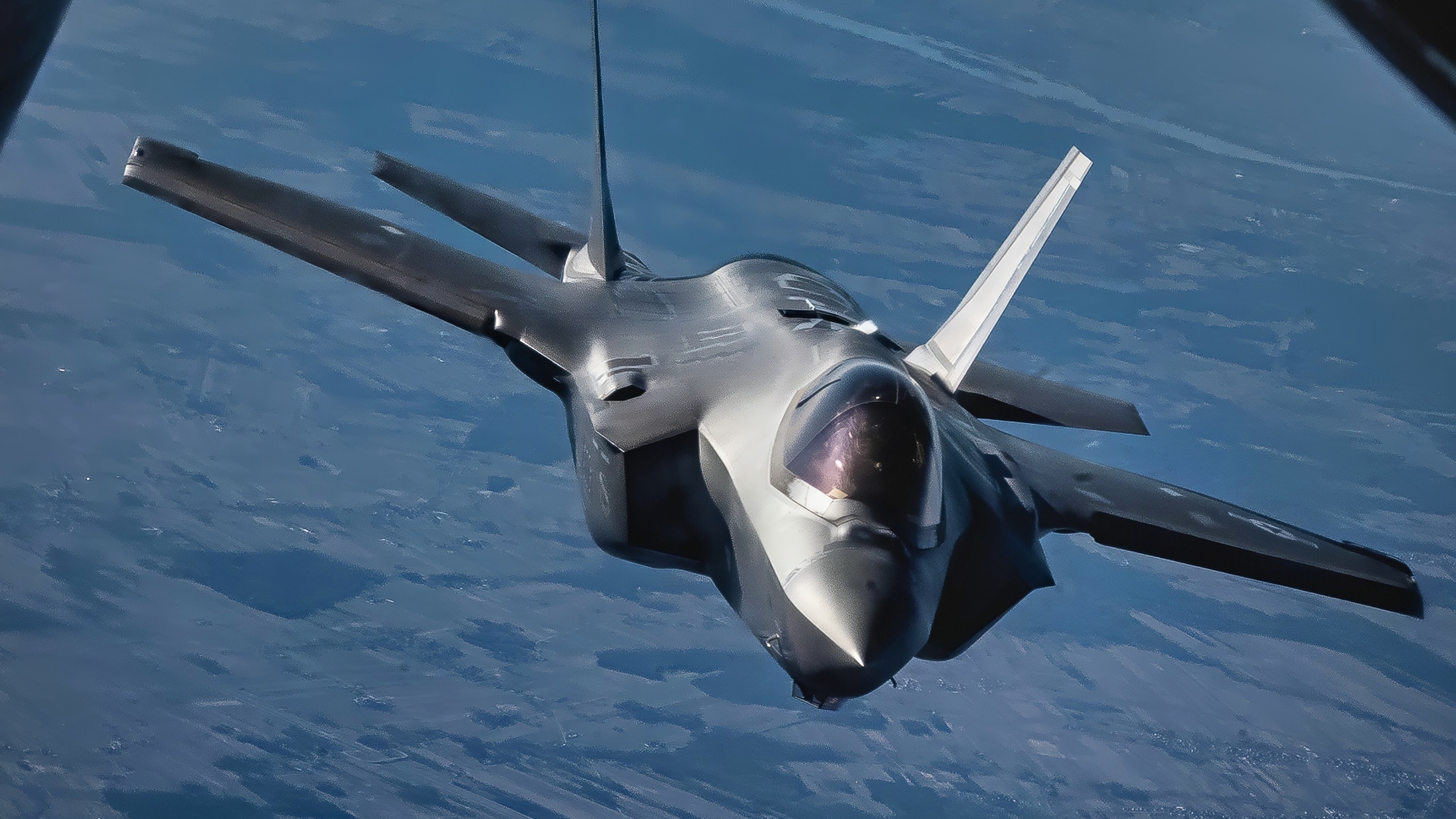Key Points and Summary – Russia is promoting its conceptual MiG-41 (PAK DP) as a revolutionary sixth-generation interceptor, capable of hypersonic speeds and, most ambitiously, shooting down hypersonic missiles.
-Many reports claim the plan aims to fly at Mach 4.3 speeds, although that seems more like hype than a realistic possibility.

Su-57. Image Credit: Creative Commons.
-However, deep skepticism surrounds the project. Given Russia’s profound struggles to produce even small numbers of its fifth-generation Su-57 due to sanctions, budget constraints, and industrial limitations, its ability to manufacture a far more advanced aircraft at any meaningful scale is highly questionable.
-While the technological claims are bold, the central question is not if the MiG-41 is capable, but if it will ever truly exist beyond a prototype.
MiG-41 Fighter: Will It Really Happen?
Russia has billed its future PAK DP MiG-41 as a stealthy, ultra-fast platform armed with anti-satellite missiles.
The mysterious sixth-generation platform will be designed to destroy enemy fighters, reconnaissance planes, air defenses, and ground formations.
Intended as a successor to the high-speed MiG-31, the Mikoyan MiG-41 is intended to intercept hypersonic missiles as well—a task known to be extremely difficult for any weapon system.
An Unlikely Capability
Izvestia reports that the MiG-41 is being engineered to intercept hypersonic missiles by carrying a multifunctional long-range interceptor missile system that will “disperse several sub-missiles” in order to optimize the chances for a successful intercept.
However, destroying a hypersonic weapon from the air would require some kind of radar or target-tracking technology capable of sustaining a continuous track on a maneuvering weapon traveling at hypersonic speeds.
The claim may sound ambitious, yet it would be feasible for an aircraft networked with satellites and other air- and ground-based sensors.
Given the speed at which a hypersonic glide vehicle will transit from one radar aperture to the next, it would seem that any successful air-launched counter-hypersonic missile would need high-speed, long-range networking and targeting technologies.
A hypersonic weapon, particularly a glide body or hypersonic glide vehicle, will not follow a traditional parabolic ballistic-missile trajectory—its maneuvering would be unpredictable.
Does the MiG-41 Exist?
The operative question, however, is does this plane yet exist?
If so, when might concrete proof of it emerge?
Answers to these questions can be complex to discern, but numerous reports in recent years indicate that development of the aircraft has, in fact, begun, and a jet is expected to arrive in the late 2020s or early 2030s.
In January 2021, Rostec Corporation, the owner of Mikoyan, announced that the PAK DP had entered the development phase.
Producing the MiG-41?
Russia is certainly well known for its ability to engineer new generations of weapons and advanced technologies, but producing them at any kind of meaningful scale has eluded the Russians for a while.
Perhaps the best evidence of Russia’s struggle with weapons production is its fifth-generation Su-57.

Su-57 Felon. Image Credit: Creative Commons.
The aircraft has been plagued by financial, logistical, and manufacturing problems; building it at scale seems unlikely.
Therefore, even if the Su-57 could rise to the skies and compete with the U.S. Air Force’s F-22 and F-35, it does not exist in sufficient numbers to present a credible threat in a great power war.

The 388th Fighter Wing’s F-35 Lightning II fifth-generation fighter cruises in Eastern European airspace, Feb. 28, 2022, in support of NATO’s collective defense. U.S. Air Forces in Europe – Air Forces Africa’s ability to support and integrate with NATO’s air policing missions continually hardens the alliance’s solidarity, collective resolve, and ability to adapt to a dynamic warfighting environment. (U.S. Air Force photo by Airman 1st Class Edgar Grimaldo)
Sukhoi has been under contract to build 70 new Su-57s for several years, and it’s unclear how many of them have actually been built.
Flight Global’s “World Air Forces 2024” directory lists 14 active Su-57s and another 62 on order, according to a 2024 report by CNN.
There is considerable speculation surrounding Russia’s production issues, which appear to be related to supply chain shortages, budget constraints, and a lack of manufacturing capacity.
Can the MiG-41 Exist?
There are two key questions regarding the MiG-41.
The first one is purely technological: How mature is the hypersonic-missile interceptor system?
To what extent has it been tested, and what kind of networking, sensing, and targeting is integrated into the system to enable its successful intercept of hypersonics?
Second is a question of practical relevance: Assuming the technology works as intended, can it be produced at scale?
It seems logical to presume that Russia’s budgeting and manufacturing problems with advanced aircraft would not be limited to the Su-57, but would affect the MiG-41 as well.
Once an aircraft capable of achieving the performance parameters and technological capabilities associated with sixth-generation flight is known to exist, questions of production capability become relevant.
About the Author: Kris Osborn
Kris Osborn is the President of Warrior Maven – Center for Military Modernization. Osborn previously served at the Pentagon as a highly qualified expert in the Office of the Assistant Secretary of the Army—Acquisition, Logistics & Technology. Osborn has also worked as an anchor and on-air military specialist at national TV networks. He has appeared as a guest military expert on Fox News, MSNBC, The Military Channel, and The History Channel. He also has a Masters Degree in Comparative Literature from Columbia University.
More Military
The First 48 Hours of a War With China ‘Could Be Ugly’
Russia Tried to Build Their Very Own F-22 Raptor. Calling It a Disaster Would Be a Gift
The Royal Navy’s Queen Elizabeth-Class Aircraft Carriers Simply Summed Up in 4 Words










